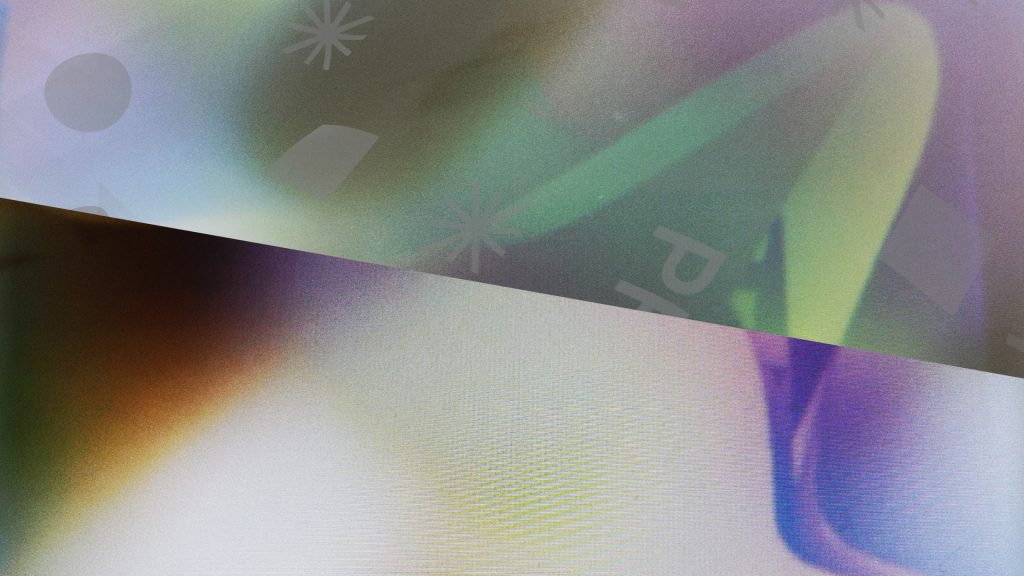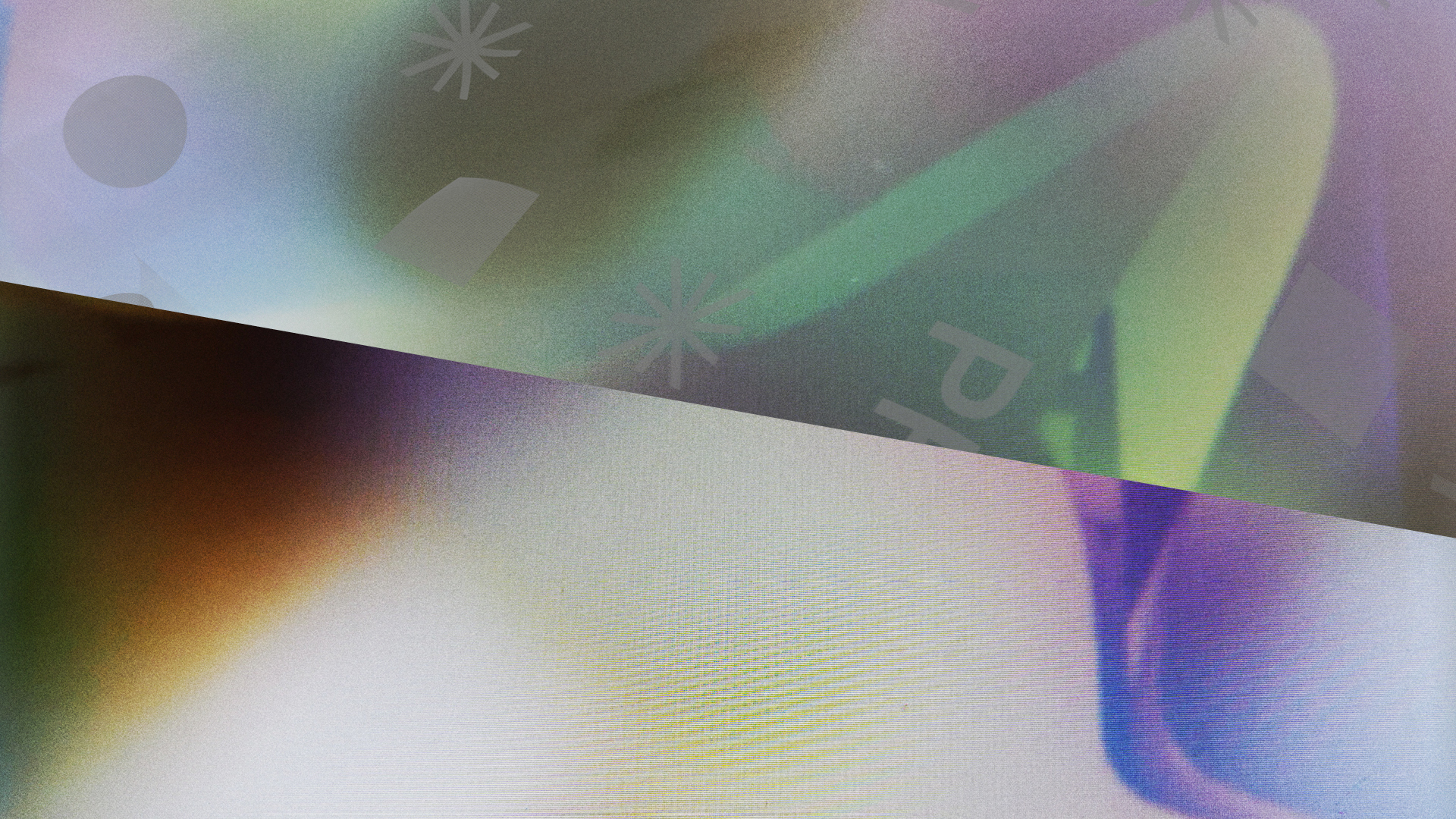
Skawennati’s Cyberpunk Future Has Arrived

OTTAWA — I first encountered multidisciplinary artist Skawennati in person at her December 2019 talk at the former McLuhan Centre for Communication and Technology in Toronto. I recall that the artist wore Barbie-doll pink; I later learned that she is a Barbie fan.
At the talk, Skawennati introduced herself as both an urban Kanien’kehá:ka (Mohawk) woman and a cyberpunk avatar. She discussed her longtime practice of costuming avatars as a means of realizing Indigenous peoples’ self-determination in the Aboriginal Territories in Cyberspace (AbTeC) — a thriving, futuristic island she maintains in the virtual world, Second Life. Later, she shared work-in-progress documentation for the project Calico & Camouflage (2020–22), a fashion line of Turtle Island “resistant wear” — her interpretation of traditional ribbon shirts and combat pants as Kanien’kehá:ka protest gear — for both avatars and IRL models.
At the time, I was taken by Skawennati’s commitment to working within a massive multiplayer virtual world that was, in my view, a ghost town. She was adamant that if the platform were to “sunset,” she would stop making her avatars: “In the end, I know it’s not mine,” she shared with me in a 2020 interview for an Art in America profile. The Montreal-based artist utilizes these characters, as well as settings and backdrops she has built and designed in AbTeC, for her machinimas and machinimagraphs — films and photography produced within virtual worlds. “That’s why I take lots of pictures, lots of documentation. As long as you know you’re not actually in control, you have a lot of control.”
Yet, as her current National Gallery of Canada (NGC) mid-career survey Skawennati: Welcome to the Dreamhouse proves, the trajectory of the past 25 years of her work lies not only in these machinimas and machinimagraphs, but also in her burgeoning work with fashion. The Calico & Camouflage collection was part of a turn in her understanding of the virtual as increasingly hybrid performative experiences involving garment-based sculptures and textiles. Within the NGC exhibition catalog, contributors Cheryl Sim and Mojean Sarah Behzadi make the case for how formative Skawennati’s engagement with fashion has been to her work overall. As exhibition curator Wahsontiio Cross, of the NGC, writes in the accompanying catalog, her creation of fashion and textiles has resulted in the artist finally “bring[ing] her idea of the future into the present.”
The exhibition design for Welcome to the Dreamhouse, in which each room is perfectly structured for its intended purpose, is reminiscent of the Barbie Dreamhouse, aligning Skawennati’s multidisciplinary works with open-ended play. However, the artist clarified in conversation with Hyperallergic that she and Cross were drawn toward the “dreamhouse” concept for its aspirational potential. “A dreamhouse feels attainable. It might take work, but people think they can achieve it. I wanted to say with this show, this concept, this title, that a peaceful and just future is attainable.”
Among the longstanding themes that carry through the show, a core motif is Indigenous futurism, wherein the pain of the colonial past is worked through a “future imaginary.” The term, coined by Skawennati and her partner and frequent collaborator, Jason Edward Lewis, reclaims historical narratives and centers Indigenous peoples in “exploring new cultural configurations that will enable us not just to survive, but thrive.”
Across different galleries, visitors encounter new and old characters from the artist’s moving and still image works. Many involve Indigenous sci-fi retellings of Hotinonshón:ni cosmology and histories, ranging from the creation story told in “She Falls For Ages” (2017) to the ancestral narrative of the Iroquois confederation, updated to the year 3025, in “The Peacemaker Returns” (2017).
The NGC exhibition focuses on the artist’s recent forays into hybrid performative experiences with distinct components: machinimas or machinimagraphs featuring customized avatars that are transposed into live fashion shows and, eventually, installations that bring the machinimas and fashion together. “I do not have a prescribed pipeline,” Skawennati noted by email. “It just so happened that after making the outfits, I wanted to see their physical versions.” A highlight of this recent work is “Three Sisters,” which personifies the traditional Iroquois companion planting of corn, squash, and beans together. Imagined as Marvel-esque superheroes who moonlight as a Destiny’s Child-like girl group, the project is a good example of Skawennati’s recent garment-based sculptures, represented in this show with physical clothing displayed on mannequins.
Older machinimas, some originally